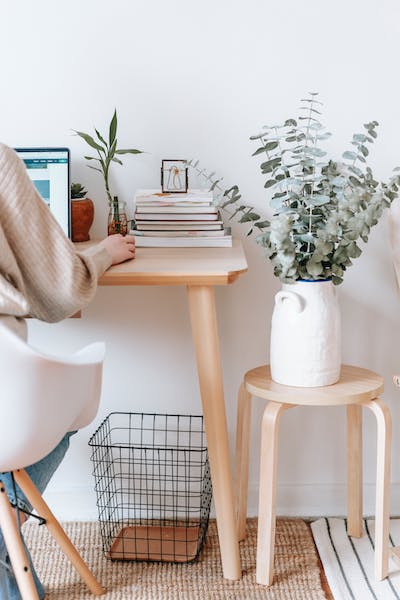polka dot plant Delight: Unveiling the Charms

polka dot plant, where botanical wonder meets vibrant aesthetics. In this comprehensive guide, we’ll dive into the various facets of Hypoestes Phyllostachya, commonly known as the polka dot plant. From its origin and varieties to care tips and creative uses, embark on a journey to unlock the secrets of this captivating foliage.
Polka Dot Plant: A Closer Look
Polka dot plant (Hypoestes Phyllostachya) is a charming and visually striking houseplant that hails from Madagascar. Known for its distinctive polka-dotted leaves, this plant comes in a variety of colors, including shades of pink, red, and green. The unique patterns on its foliage make it a popular choice among plant enthusiasts, adding a touch of whimsy to any indoor space.
The Allure of Polka Dot Varieties
Dive into the kaleidoscope of polka dot plant varieties, each with its own captivating charm. From the classic pink polka dots to the striking red varieties, explore the rich tapestry of colors that Hypoestes Phyllostachya offers. Whether you prefer a subtle accent or a bold statement, there’s a polka dot plant variety to suit every taste and style.
Cultivating the Perfect Polka Dot Garden
Unlock the secrets to cultivating a thriving polka dot garden. From optimal soil conditions to the right amount of sunlight, discover the key elements to ensure your Hypoestes Phyllostachya flourishes. Delve into expert tips on watering, pruning, and fertilizing, providing your polka dot plant with the care it deserves for lush, vibrant foliage.
Creative Uses: Beyond Ornamental Beauty
Explore innovative ways to incorporate polka dot plants into your living spaces. From stunning arrangements in hanging baskets to eye-catching tabletop displays, learn how to showcase the unique charm of Hypoestes Phyllostachya. Discover its versatility as a decorative element that adds a pop of color and character to any room.
Nurturing the Polka Dot Plant
Ensuring the well-being of your polka dot plant goes beyond basic care. Dive into the specifics of pest management, addressing common issues, and troubleshooting challenges that may arise. Empower yourself with knowledge to keep your Hypoestes Phyllostachya thriving and vibrant.
Polka Dot Plant: A Resilient Companion
Uncover the resilience of the polka dot plant as a houseplant companion. From its adaptability to indoor conditions to its air-purifying qualities, explore the holistic benefits of cultivating Hypoestes Phyllostachya as a green ally in your living spaces.
Frequently Asked Questions (FAQs)
Q: How often should I water my polka dot plant? A: Find a balance by keeping the soil consistently moist, but not soggy. Water when the top inch of soil feels dry to the touch.
Q: Can I propagate my polka dot plant? A: Absolutely! Propagate through stem cuttings in water, and once roots develop, transfer them to soil for a new polka dot plant.
Q: Does the polka dot plant require direct sunlight? A: While it thrives in bright, indirect light, the polka dot plant benefits from some filtered sunlight. Avoid prolonged exposure to harsh, direct sunlight.
Q: What is the ideal temperature for the polka dot plant? A: Maintain a temperature range of 65-75°F (18-24°C) for optimal growth. Protect it from drafts and sudden temperature fluctuations.
Q: Is the polka dot plant pet-friendly? A: Yes, it’s generally safe for pets. However, it’s best to keep it out of their reach, as ingesting large quantities may cause mild irritation.
Q: How can I revive a wilting polka dot plant? A: Trim leggy stems, adjust watering, and provide proper light. Your polka dot plant should recover with a little care and attention.
Conclusion
In conclusion, the polka dot plant (Hypoestes Phyllostachya) stands as a testament to nature’s creativity and beauty. With its charming patterns and versatility, this plant has rightfully earned its place in the hearts and homes of plant enthusiasts. Embrace the joy of cultivating and admiring the polka dot plant, adding a burst of color to your living spaces.
